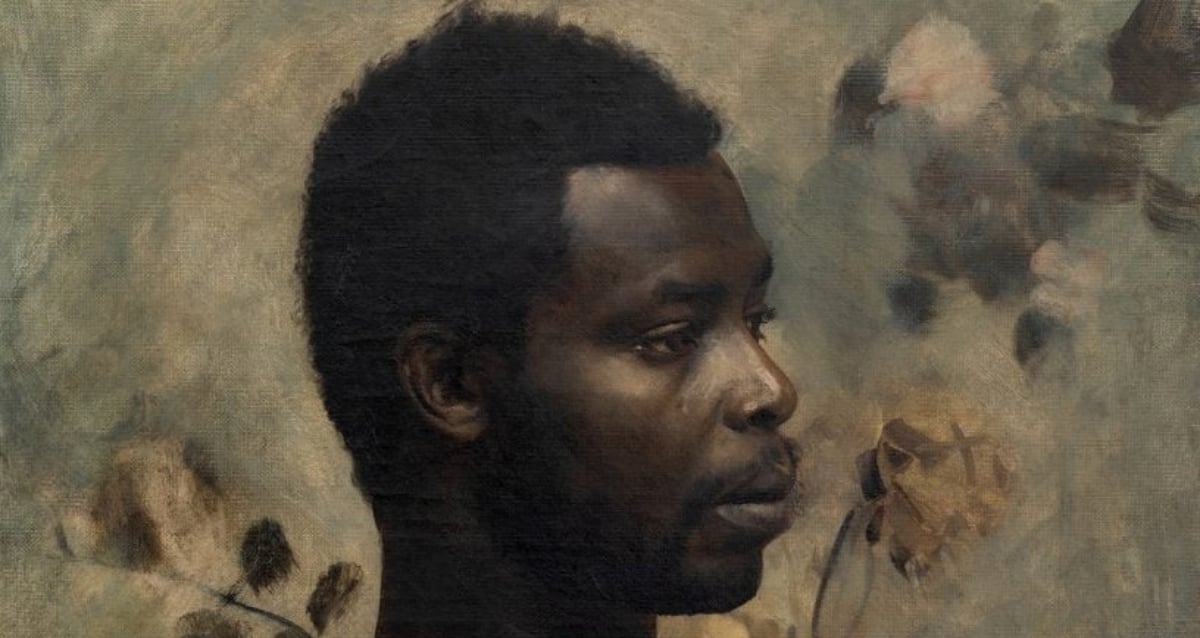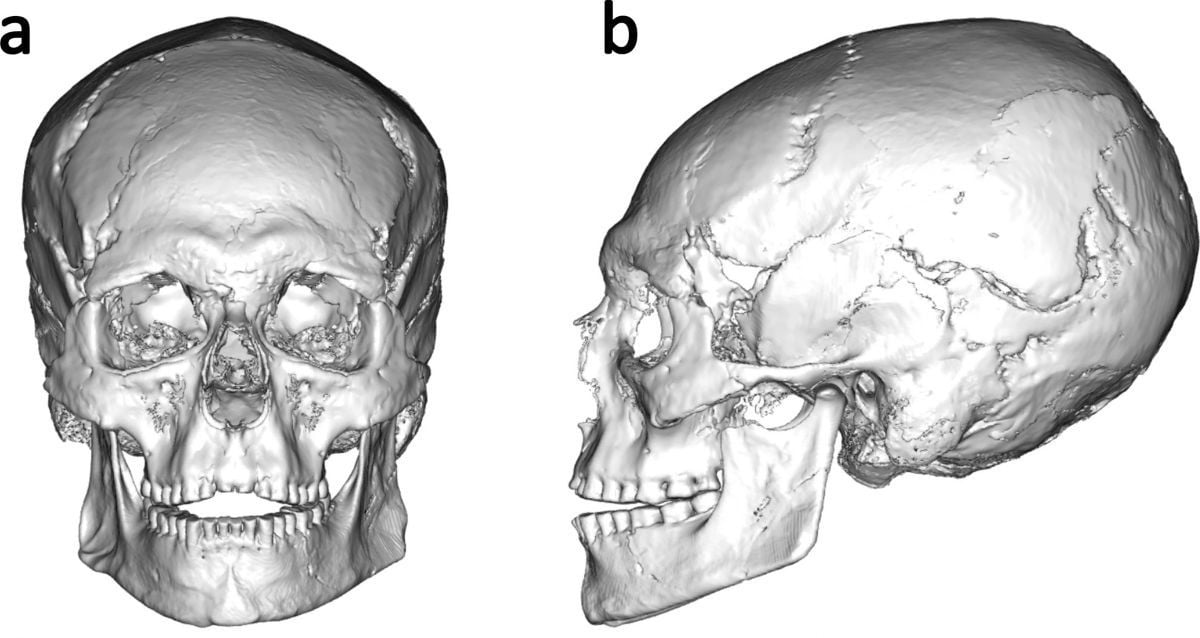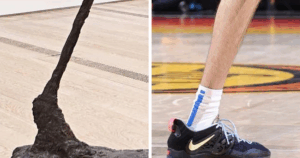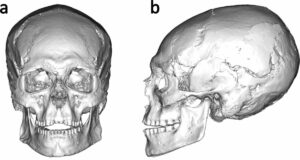“Hidden for Decades: The Stunning Gustav Klimt Painting of an African Prince Set to Fetch $16 Million”
“These people were dehumanized in these exhibitions,” historian Marie Rodet said in an interview with The Washington Post. “They were used and exploited, and in a context in which actually it was almost about affirming the superiority of the white race over the rest of the world.”
Prince William Nii Nortey Dowuona and his tribe remained on display for about six months, during which time about 10,000 people viewed them per day. Gustav Klimt, and another artist, Franz Matsch, were two of those viewers, and they both painted their own versions of the prince.
A patron likely commissioned both artists to create the portrait, but preferred Matsch’s painting, perhaps explaining why Klimt didn’t sign his.
Despite the clear lack of an artist’s signature, Weidinger confirmed that there was a fading Gustav Klimt estate stamp on the back of the artwork’s canvas, which helped verify the piece’s authenticity.
Who Was Austrian Artist Gustav Klimt?
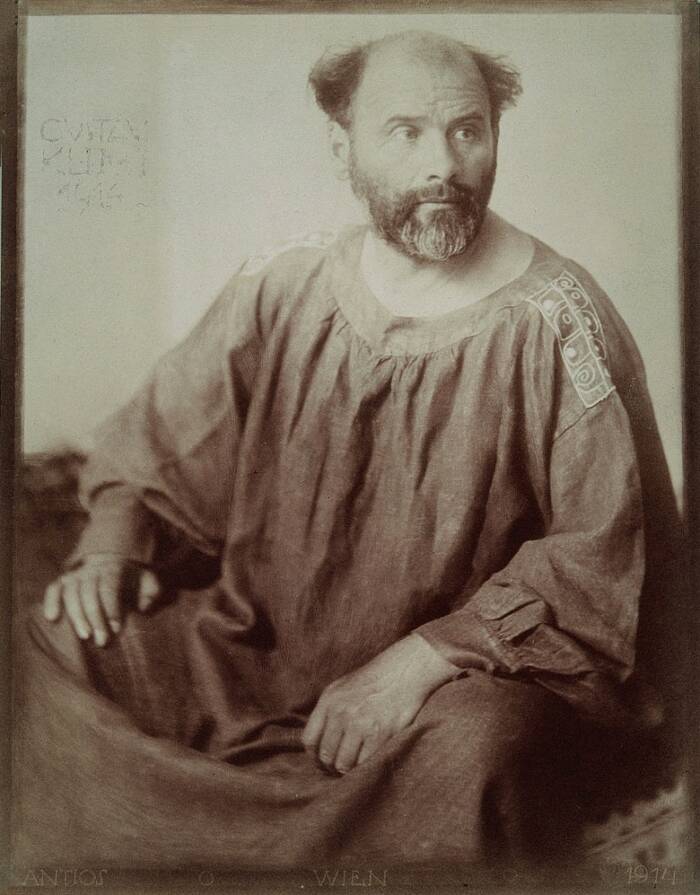
Public DomainAustrian artist Gustav Klimt in 1914.
Gustav Klimt was born in Austria on July 14, 1862. Both of his parents were known for their artistic talent, and Klimt clearly inherited that.
As a young man, Klimt worked as an academic muralist. But then, in 1897, Klimt and other Austrian artists spearheaded the Vienna Secession, an art movement that encouraged the creation of unconventional art.
Gustav Klimt rose to prominence for his depictions of the female form and his use of bold, vibrant shapes and colors. Today, he is perhaps best known for his painting The Kiss, created between 1907 and 1908.
